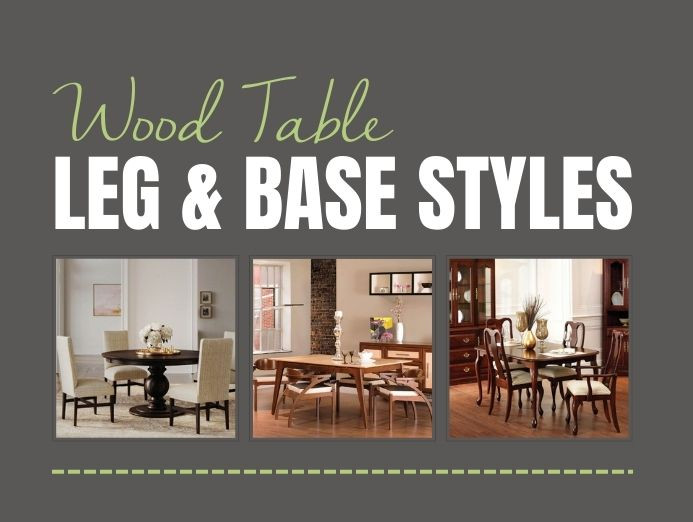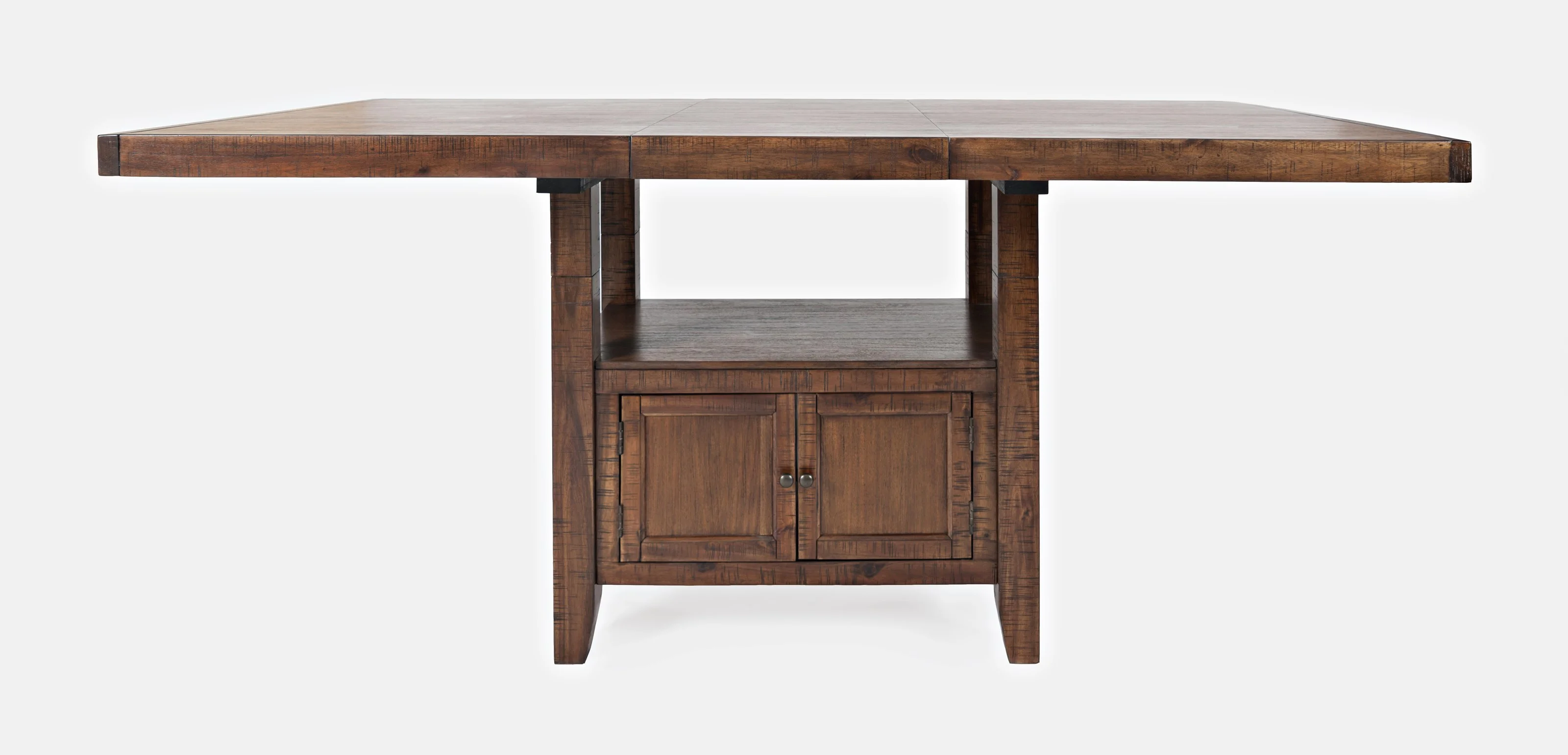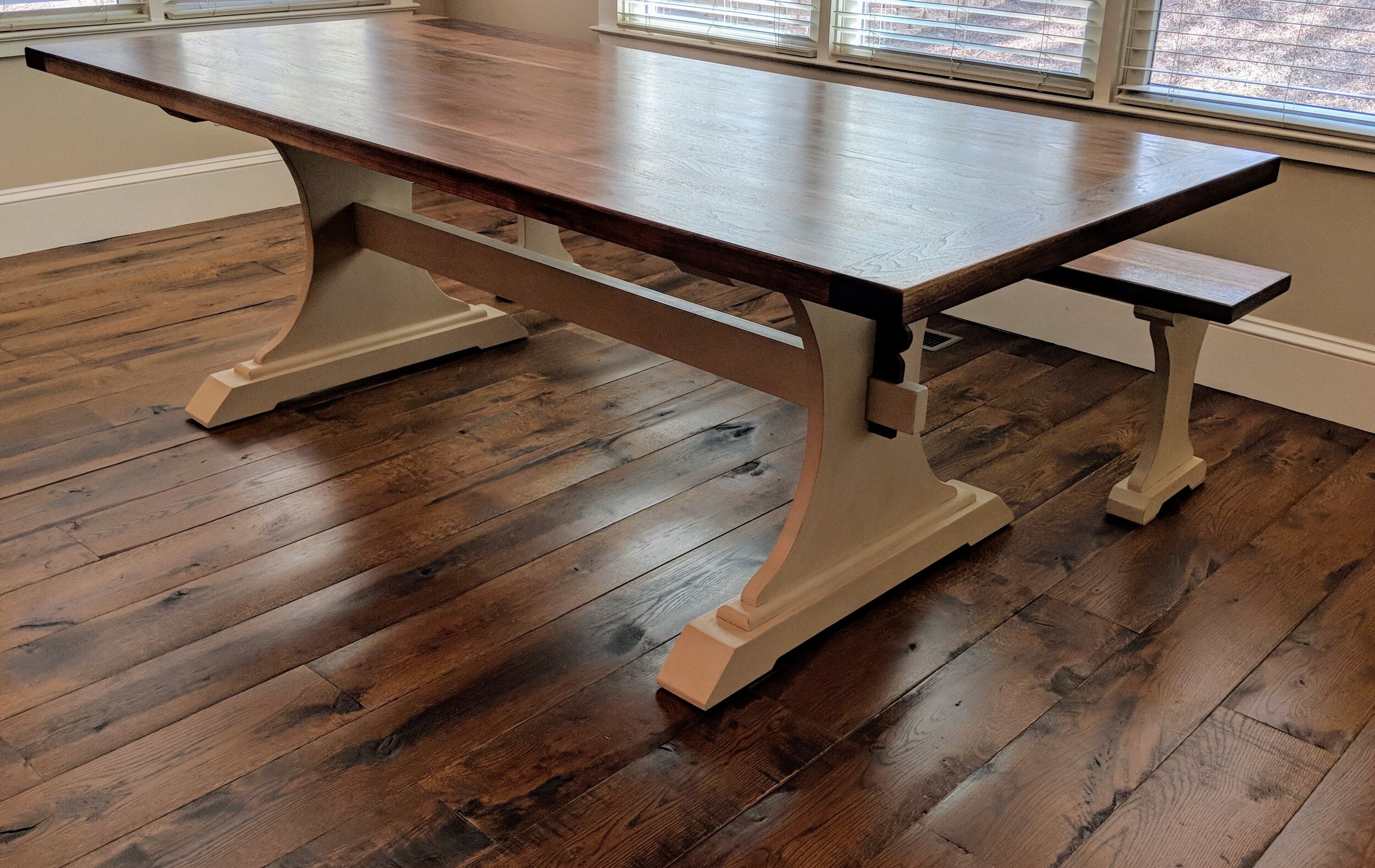The Best Materials for Durable and Elegant Dining Room Table Legs
The Best Materials for Durable and Elegant Dining Room Table Legs
Blog Article
Exactly How to Pick the Perfect Dining-room Table Legs for Your Home Decor
Choosing the perfect eating room table legs is a nuanced procedure that calls for mindful consideration of different components, including your area constraints, aesthetic preferences, and sensible needs. The interplay in between dimensions, products, and styles can dramatically influence the ambiance of your eating area, making it important to approach this choice methodically. As you ponder the myriad alternatives available, it becomes clear that the appropriate selection extends beyond simple look; it can improve your overall eating experience. What aspects should you focus on to guarantee your choice enhances your home's unique personality?
Assess Your Dining Area
Evaluating your eating area is crucial for selecting the right table legs that match both aesthetics and performance. Begin by determining the dimensions of your eating area, consisting of ceiling height, flooring area, and proximity to other furnishings. This information will certainly aid identify the appropriate size and elevation of your eating table, which straight affects the selection of table legs.
Next, consider the design and design of your dining area. For instance, an open-concept layout may take advantage of table legs that offer visual agility, such as slender metal or acrylic alternatives. Conversely, an extra standard setup may call for sturdy wooden legs that provide a feeling of permanence.
Evaluate the existing color scheme and materials in your eating location. Harmonizing the table legs with these elements creates a natural appearance that enhances the overall decoration. Additionally, think of the performance required in your room. If you frequently host big gatherings, think about legs that give added assistance and stability.
Eventually, a comprehensive evaluation of your eating room will certainly lead you in making an educated decision, guaranteeing that your table legs not just boost the aesthetic charm but likewise serve practical purposes.
Consider Your Design Preferences
When choosing dining-room table legs, it is vital to review your individual design preferences, as they substantially influence the general visual of your dining space. Your choice of table legs can either enhance or contrast with existing decor, making it vital to straighten them with your favored interior decoration motif.
If your home leans towards a modern-day visual, think about smooth metal or minimal wood legs that provide a tidy, uncluttered look. For a much more conventional method, elaborate wooden legs with elaborate makings can add a touch of style and sophistication. Industrial designs gain from durable, raw products such as reclaimed timber and metal mixes, mirroring a sturdy beauty.
Additionally, farmhouse and rustic styles often favor strong, chunky legs that stimulate a sense of heat and comfort. On the other hand, if your decoration is eclectic, you could select unusual shapes or a mix of materials to create visual rate of interest.

Evaluate Product Options
The selection of material for dining room table legs plays an essential role in both longevity and aesthetic appeal. Common products include timber, steel, and composite choices, each offering distinctive features that can affect the general appearance and longevity of your table.
Timber is a traditional selection, understood for its heat and versatility. Hardwoods like oak and walnut supply remarkable strength and can be finished in different stains to match any decoration. Nevertheless, softwoods like ache are extra vulnerable to scrapes and dents, making them less suitable for high-traffic areas.
Metal legs, typically crafted from steel or aluminum, show modernity and industrial beauty. They are resistant and extremely resilient to use, making them ideal for family members with kids or frequent celebrations (dining room table legs). In addition, metal can be finished in various colors, enhancing the modification opportunities
Composite products, such as MDF or laminate, offer price and diverse layouts. While commonly less durable than solid wood or metal, they can still give an elegant appearance and are frequently easy to maintain.
Inevitably, the material you pick ought to line up with your way of life, aesthetic choices, and the level of usage your table will certainly experience.
Determine Elevation and Dimension
Picking the ideal elevation and size for your eating room table is important for both functionality and convenience. The standard elevation for eating tables typically ranges from 28 to 30 inches, allowing ample legroom for the majority of people when seated. It is vital to consider the dimensions of your eating room and the kinds of chairs you prepare to utilize.

Furthermore, think about the percentages of your eating space. A larger table in a large area can produce a grand setting, while a smaller table functions well in more intimate settings. Ultimately, the appropriate height and dimension will certainly harmonize with your general decor and boost the eating experience for you and your guests.
Explore Customization Opportunities

In addition, the layout of the legs can be personalized to fit numerous styles, such as rustic, contemporary, or commercial. Tapered legs can continue reading this evoke a mid-century modern feel, while chunky, block-style legs might reverberate with conventional or farmhouse decor.
House owners can also explore color finishes, from all-natural wood discolorations to paint, enabling them to match or contrast with the table top and surrounding design.
Moreover, leg height can be gotten used to suit details seating plans or personal choices, boosting both convenience and functionality.
Lastly, special embellishments, such as carvings or attractive brackets, can even more customize the table legs, making the dining experience not just a declaration but a dish item in the home. By taking into consideration these modification choices, home owners can develop a dining-room table that truly shows their individuality.
Final Thought
Picking the suitable dining-room table legs requires cautious consideration of numerous factors, consisting of the dimensions of the dining area, design choices, material longevity, and desired height. Modification options further improve the ability to achieve a cohesive aesthetic that enhances the general style. By methodically examining these components, homeowners can make certain that the selected table legs not only fulfill functional demands yet additionally add positively to the eating experience and setting of the home.
Picking the ideal eating space table legs is a nuanced process that requires careful factor to consider of different components, including your space constraints, visual preferences, and useful demands.Examining your eating area is crucial for picking the right table legs that complement both looks and performance.When figuring out dimension, measure the location where the table will certainly be positioned to ensure it fits easily, enabling for at the very least 36 inches of clearance around the table for very easy activity. A bigger table in a roomy area can produce a grand setting, while a smaller table functions well in more Read Full Report intimate settings.Selecting the suitable dining space table legs calls for careful factor to consider of numerous factors, including the measurements of the dining room, design preferences, product sturdiness, and desired height.
Report this page